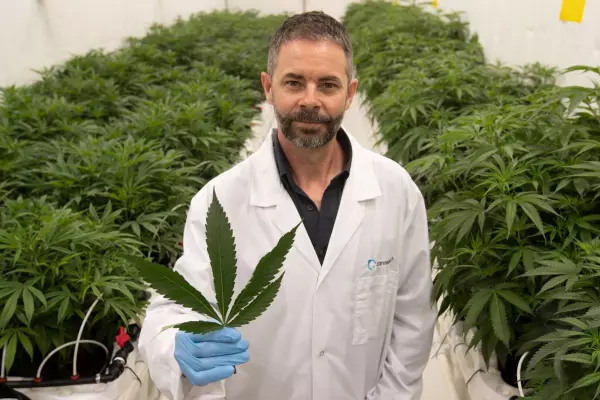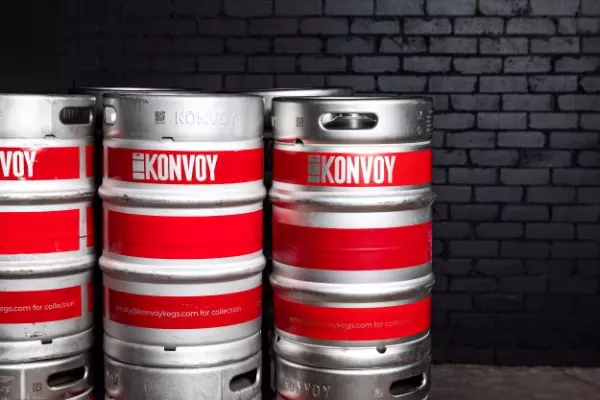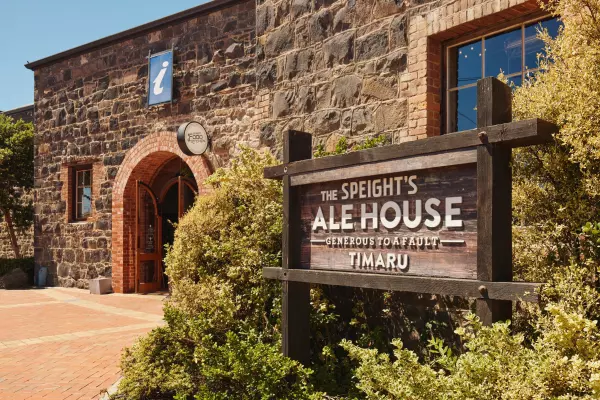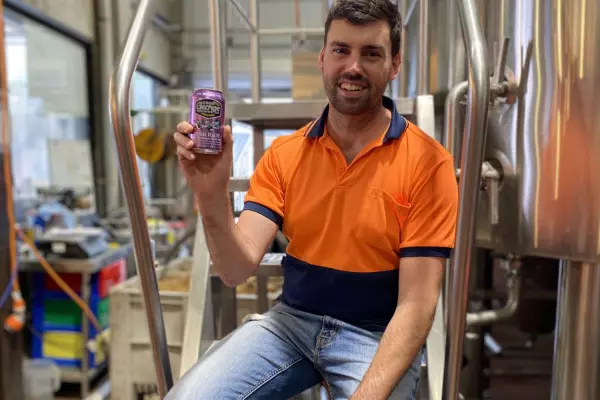The New Zealand hops industry is shifting its focus from the UK and wants to tap into the fast-flowing craft beer market across the Tasman.
The move into Australia, where NZ grown hops have historically been in scarce supply, was signalled earlier this month with a distribution agreement between NZ Hops and Bintani, a Victoria based wholesaler of beverage and food manufacturing ingredients.
NZ Hops, a cooperative with 27 growers harvesting a sip over 1,200 tonnes in and around Motueka, is still pint sized in the context of the giant US or European craft beer markets.
While the Australian market has matured in recent years, it pales in comparison with what has historically been the local industry's export focus on the UK and North American markets.
“We just didn’t really bother with it,” NZ Hops chief executive Craig Orr told BusinessDesk.
Orr said while NZ’s market grew domestically to about 200 breweries “pretty quickly” over the past eight years, Australia’s took longer to mature.
But now, with problems getting into the UK due to covid and Australia now nearing 600 craft beer producers, that view has changed for local growers.
“We’d see it as a growing and potentially huge market for us,” Orr said. This could easily result in Australia being propelled past the UK into the number two position after the North American market.
UK in the toilet
Expansion across the ditch had technically been on the cards under Orr’s new five year plan, but covid was the catalyst.
“We were able to pivot pretty quickly into Australia after the closure of the UK market, which until the end of May has essentially been in the toilet.”
Orr said while Bintani came to the party, bringing a distribution presence into five key states, the co-op also wanted an “active brand presence” on the ground.
“We’d dealt a bit with Lion but realistically that market has been historically underserviced.”
The heightened presence comes in the form of Australian beer blogger and advocate Kirrily Waldhorn, appointed as the company’s full-time marketing and sales rep in Melbourne.
Enlisting the services of an influencer like Waldhorn, a self-styled “beer diva” and 22-year veteran of beer marketing, is a marked departure in style for what has been a traditional agency model for NZ Hops.
“For us it’s about actively supporting the development of the brand. The Australian market really hasn’t had the exposure to the types of hops that we grow.
“Overall we need to lift our game there and make sure we do achieve a premium for our NZ portfolio of hops. Our hop varieties offer some fantastic qualities but it means a long-term investment to bring the story to life and penetrate into breweries.”
A big part of that is the co-op’s new Nectaron hops brand, developed in concert with agricultural and food researcher Plant and Food.
After a first-year harvest of about 45 tonnes, the variety is already yielding a major premium to growers and Orr suggests Nectaron will be "top of the hops" within the next few years, doubling production year-on-year to about 250 tonnes.
Its attraction to growers is a high yield, at about 2,400 kg per hectare, currently forward contracted at about $55/kg. This compares to the "heritage range" of hops paying about $30/kg with a yield of about 1,500kg per hectare.
Unique profile
Waldhorn, who has also assisted NZ Hops with some analysis of the Australian market, said the great thing about Nectaron and “new world” hops from NZ was their distinctive flavour profiles.
But because Australian brewers have had an affinity for American and their local hops, NZ imports have remained “slightly neglected” to date, she said.
“NZ hops bring a lot of unique characteristics to the table, so we feel like NZ hops like Nelson Sauvin or Nectaron can help our local brewers differentiate their beers particularly into fresh, punchy, aromatic characteristic beers, and NZ hops sit right in the middle of that.”
Orr said the end game was to lift grower gate returns.
“To generate a premium means you have to invest for the long haul," and that means developing new varieties, which each hold 20-year exclusivity agreements.
“The development of new varieties, and different flavour profiles is what drives our point of difference and also drives our premiums to growers.”
However, production is an issue. Particularly with a lack of workers after border closures, with estimates of a 40% decline in labour, Orr said.
“We have a short window, so there are locals who will do the preparatory work through spring, but that needs to be topped up from January through Easter with a total of about 500 needed, so expectations are we’ll be down about 200 workers and that has to translate to harvest.”














